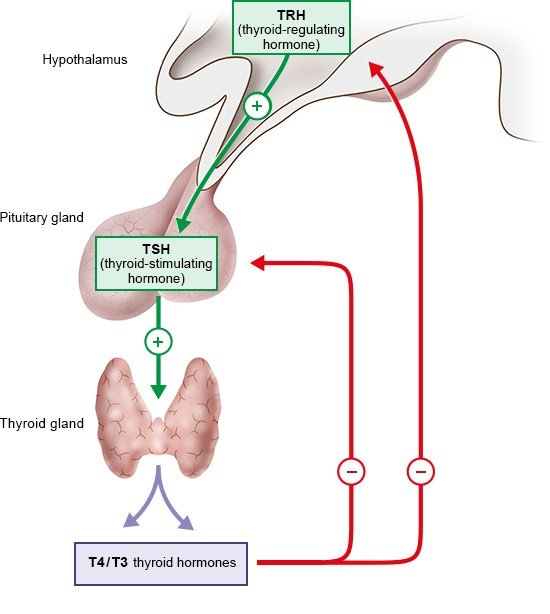Where are hormones made?
Most of our hormones are made by endocrine glands, which then release them into the bloodstream. They then travel through the body to the parts where they’re needed. The main endocrine glands include the
- pancreas,
- gonads (testicles and ovaries),
- thyroid gland,
- parathyroid glands,
- adrenal glands, and the
- pituitary gland.
Substances known as local hormones (or tissue hormones) are produced in individual cells, not in glands. They work exactly where they’re needed by having an effect on neighboring cells.
Some organs also produce hormones in addition to doing their main job. One example is the kidneys, which cleanse our blood and also make the hormone erythropoietin (EPO). EPO stimulates the production of blood cells in our bone marrow. The nervous system can also affect our hormone levels.


